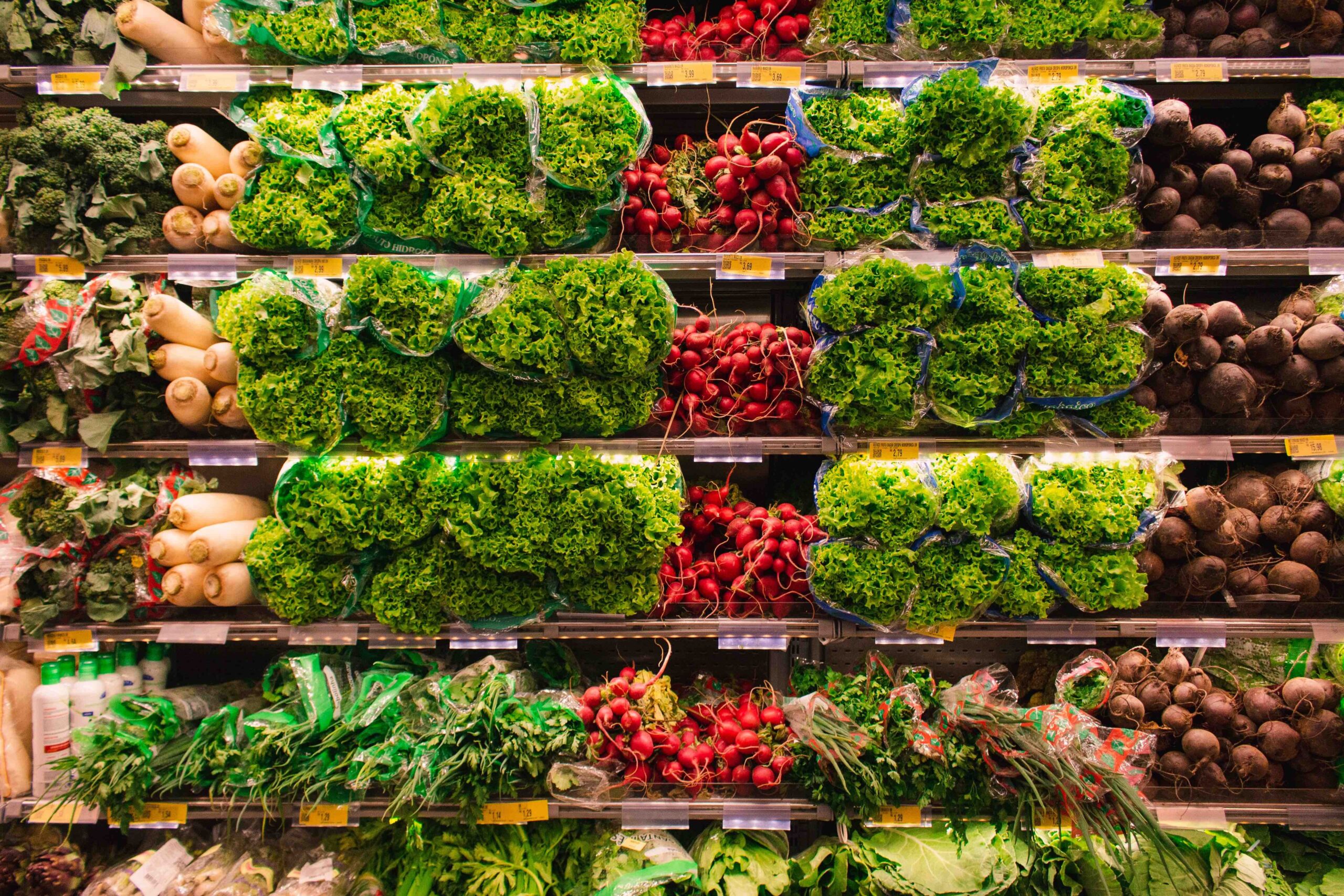As a continuation of part 1 of our “How Much Can I Sell This For?” series, we dive deeper to determine how to set our price targets.
It is important to know how much has been invested in order to recoup the cost. Next is to generate revenue greater than the investment in order to be profitable. Capture ALL costs of carrying out a particular activity, often referred to as production or variable costs. This varies according to how much is produced of a certain item. Think of inputs like fertilizer, seeds, irrigation, labor, etc. that will go up as you produce more. Not all crops will have the same inputs or amount of inputs so it is specific to what you are growing. Generally, total cost will go up but the cost per unit produced will go down as you produce more.
Second, there are various costs of operating a business such as insurance, rent, property taxes, utilities, and depreciation. They are not specific to a particular crop but an overall cost to the business. It is important to know these too and then allocate them in a reasonable method. This is where it can be part art and part science. How much of the electricity bill do you charge to the tomato crop for instance? One method would be segmenting the production of your farm, and if tomatoes are roughly 20% of your farm production, you will allocate total general overhead expenses at 20%. Perhaps some costs are allocated completely if it only applies to one enterprise. Another method would be charging a percentage, 10% for example, on top the direct production expenses, as an estimate of overhead costs for the crop. With the second method, a way to check for accuracy is totaling the estimates charged from all crops and seeing if it is close to the actual overhead for the year. If so, the estimate is suitable. Otherwise, you may need to change your percentage or use a different method.
We have done a quick calculation on 1 acre of tomatoes to demonstrate both the art and the science needed to set price targets. The examples and numbers have been simplified and do not reflect actual production costs (Table 1).
Table 1. Example: Total Costs (Allocated and Estimated) for Field-grown Tomatoes (one acre)

To be conservative, we’ll use the allocated method which estimates a greater cost, $11,500. This starts to give targets for marketing the product. The $10,000 of direct cost is the first revenue goal. But ultimately $11,500 or greater needs to be generated for long term profitability. Meaning we are covering the production costs and a portion of the operating expenses for the business.

For further analysis, this can be broken down by yield or expected yield (Table 2). The price per lb. and price per box end up being the same number in the end, but it is a different way to evaluate the information depending on how you plan to sell.
An additional piece of the puzzle is the cost associated with participating in a specific market. If you know there is a market fee, there is mileage, and labor hours, that must be factored in as well. In Part III of “How Much Can I Sell This For?”, we will discuss how to evaluate your marketing expenses.
Burkett, Kevin. “How Much Can I Sell This For? (Part II).” Southern Ag Today 3(21.5). May 26, 2023. Permalink

